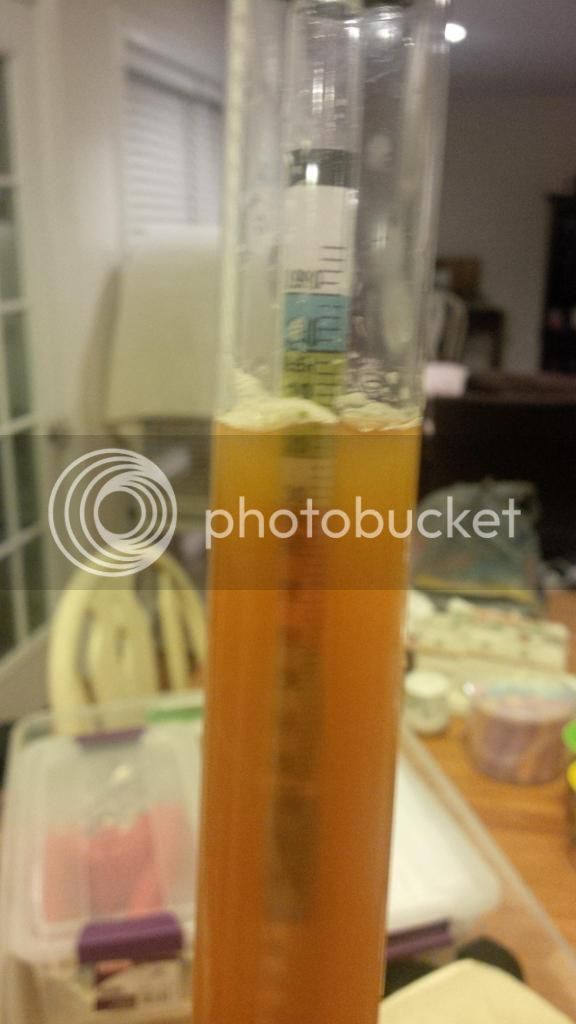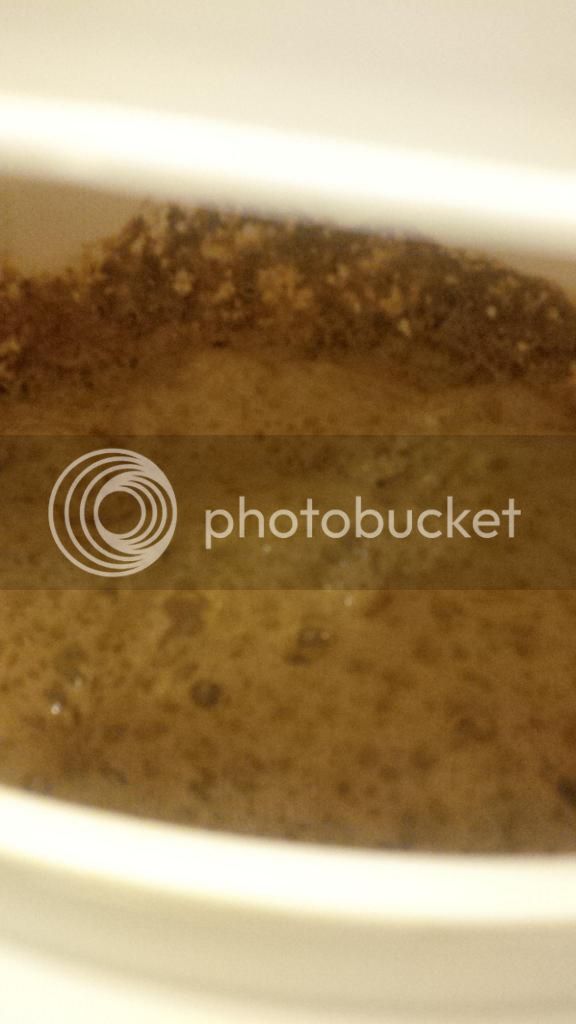woozy
Well-Known Member
- Joined
- Mar 8, 2013
- Messages
- 1,297
- Reaction score
- 132
Yeah, but we're both using the same ice... and we're both going "through" the same disparate temperatures. Okay, there's volume but... Well, this really seems like expecting a six inch extension to tip to reach further than adding it to its base. I'm willing to be wrong but what exactly is the model.
I mean, thought experiment. 8 oz. of 200 degree tea. + 4 oz ice, no stirring measure time to reach room temperature. 8 oz. of 200-degree tea. wait to 120 degree + 4 oz ice, meaure time to room temperature. Different? Really? Maybe, but why? Would it be different if we measure to a different temp, say 100? Maybe I'll try that. I only have one thermometer though.
I'm dubious. I could be wrong. But I'm dubious.
===
inconclusive results. Need another thermometer... The mug without ice seemed to stay consistantly at 12 degrees higher than the mug with ice. Adding ice when the mug was 120 *seemed* like it'd do a lot more than the same ice did to the first cup at 170 but they both dropped to 97 at about the same time. Switching thermometer between mugs was ineffective because minutes would go by while I waited for thermometer to stabilize.
I mean, thought experiment. 8 oz. of 200 degree tea. + 4 oz ice, no stirring measure time to reach room temperature. 8 oz. of 200-degree tea. wait to 120 degree + 4 oz ice, meaure time to room temperature. Different? Really? Maybe, but why? Would it be different if we measure to a different temp, say 100? Maybe I'll try that. I only have one thermometer though.
I'm dubious. I could be wrong. But I'm dubious.
===
inconclusive results. Need another thermometer... The mug without ice seemed to stay consistantly at 12 degrees higher than the mug with ice. Adding ice when the mug was 120 *seemed* like it'd do a lot more than the same ice did to the first cup at 170 but they both dropped to 97 at about the same time. Switching thermometer between mugs was ineffective because minutes would go by while I waited for thermometer to stabilize.














































![Craft A Brew - Safale S-04 Dry Yeast - Fermentis - English Ale Dry Yeast - For English and American Ales and Hard Apple Ciders - Ingredients for Home Brewing - Beer Making Supplies - [1 Pack]](https://m.media-amazon.com/images/I/41fVGNh6JfL._SL500_.jpg)















